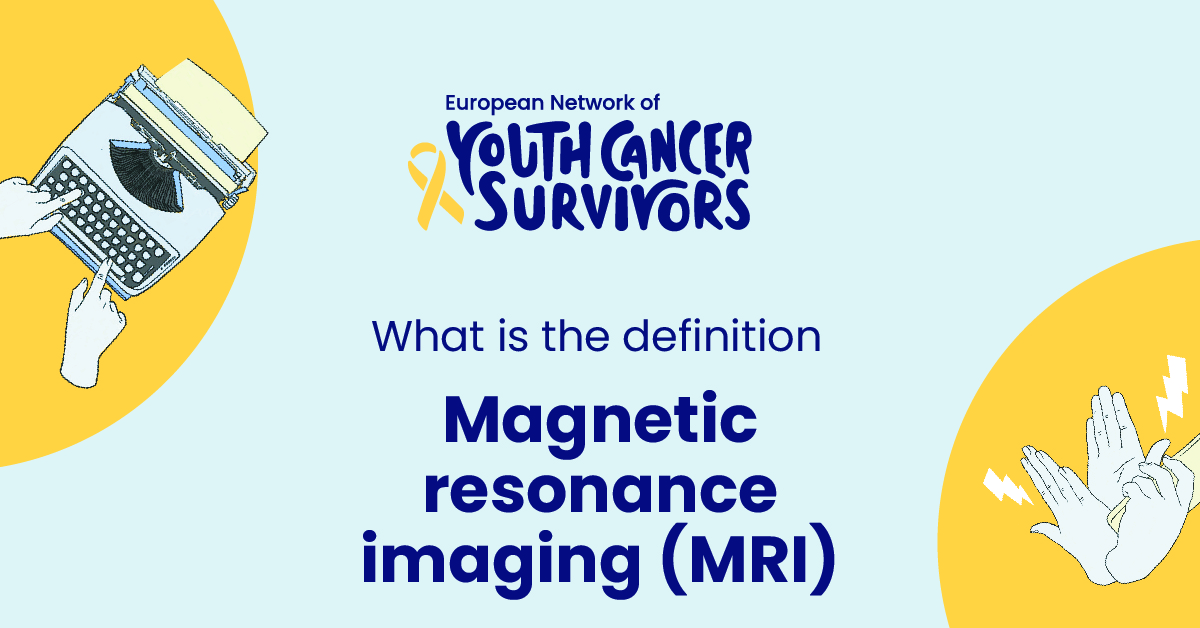
The medical field is constantly evolving, with advancements in technology shaping the ways in which doctors diagnose and treat a wide array of conditions. One of these key advancements in medical technology is Magnetic Resonance Imaging, or MRI. Serving as a non-invasive imaging technique, MRI has played a crucial role in healthcare, aiding doctors to ‘see’ within a patient’s body without resorting to surgery.
Unraveling the Definition of Magnetic Resonance Imaging (MRI)
In the realm of medical science, Magnetic Resonance Imaging is a scanning method which involves the use of strong magnetic fields and radio waves to generate detailed images of the organs and tissues within the body. In essence, it forms a visual representation of the internal body structures.
To understand MRI in even simpler terms, imagine your body as a large magnet. MRI uses this magnetic feature to its advantage. When in an MRI machine, it aligns the body’s water molecules using a large magnet and radiofrequency waves, and then unaligns them. As they return to their normal state, these molecules transmit signals which are picked up by the scanner and used to form a detailed image.
The History and Evolution of MRI
The journey of MRI began in the early 1970s with significant contributions from researchers like Raymond Damadian, who successfully performed the first full-body MRI scan. From there, MRI technology has undergone numerous enhancements and improvements over the decades, resulting in the sophisticated systems we have today.
In the recent years, the advent of 3 Tesla MRI scanners has amplified the imaging capability, enhancing both the resolution and speed of scans. Moreover, functional MRIs (fMRI) have emerged, allowing scientists to study brain activities by detecting changes associated with blood flow.
Understanding the Uses of MRI
One of the main benefits of MRI scans is their diverse application. MRI is often used to diagnose issues related to brain, spinal cord, heart and blood vessels, bones and joints, and many others. It provides an unparalleled view of the soft tissues, such as muscles, cartilage, and organs.
Additionally, MRI is preferred when the area to be scanned is not clearly visible using other imaging methods. It is notably used in detecting tumors, diagnosing strokes, assessing nerve damage, and much more.
The MRI Process: What to Expect
If you’re expecting to undergo an MRI scan, you can expect a simple three-step process: preparation, the actual scanning, and follow-up.
Prior to an MRI scan, you’ll be asked to remove any metal on your body and wear a hospital gown. During the scan, you’ll be lying down and the table will slide into the cylindrical MRI machine. This process is painless and largely comfortable, although you may experience some noise. Following the scan, if a contrast dye was used, it will naturally exit your body through urination.
MRI vs Other Imaging Techniques
Compared to imaging techniques like CT scans, X-rays, and Ultrasounds, MRI provides a more detailed and high-resolution image, especially of soft tissues. While other methods produce radiation, MRI uses magnetic fields and radio waves, making it a safer alternative.
However, MRI does have its limitations. It is more time-consuming and more expensive than other medical imaging techniques. Moreover, it cannot be used in individuals who have certain metal devices implanted in their bodies.
Get to know us better
If you are reading this, you are in the right place – we do not care who you are and what you do, press the button and follow discussions live

The Future of MRI Technology
As we venture into the future, we can expect significant advancements in MRI. These may include faster scanning times, enhanced image quality, and the integration of artificial intelligence for accurate image interpretation.
The potential of these advancements could revolutionize medical science, improving diagnosis accuracy and patient outcomes, and drive new discoveries.
Conclusion
Understanding the working, uses, and prospects of MRI technology is significant in piecing together its integral role in healthcare. As it continues to evolve, MRI is bound to play an increasingly crucial part in the diagnostic process, making a remarkable difference in the medical world.
FAQs:
- What is the main difference between an MRI and other imaging techniques?
The main difference lies in the fact that MRI offers more detailed and high-resolution images, particularly of soft tissues. It uses magnetic fields and radio waves, instead of radiation.
- Is undergoing an MRI scan safe?
Yes, MRI scans are generally safe as they do not use ionizing radiation. However, certain individuals with implanted metal devices may not be eligible for an MRI.
- Are there any side effects or risks associated with MRI scans?
MRI scans are non-invasive and do not have any major side effects. Some people may experience a little discomfort due to the noise during the scan or a slight reaction to the contrast dye.
- When is an MRI scan typically recommended by doctors?
Doctors typically recommend MRI scans when they need detailed images of the body to diagnose diseases, plan surgeries, or evaluate the effectiveness of a treatment.
- How long does a typical MRI scan procedure take?
An MRI scan can take anywhere from 15 minutes to over an hour, depending on the area being scanned and how many images are needed.

















Comments
Thank you. Comment sent for approval.
Something is wrong, try again later